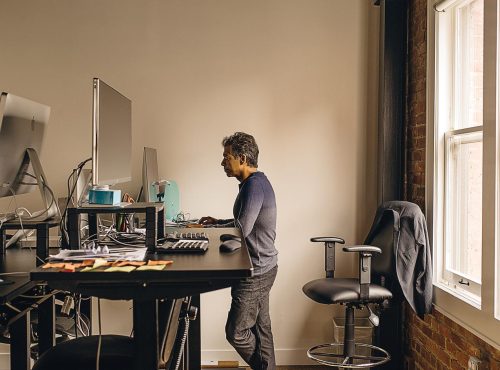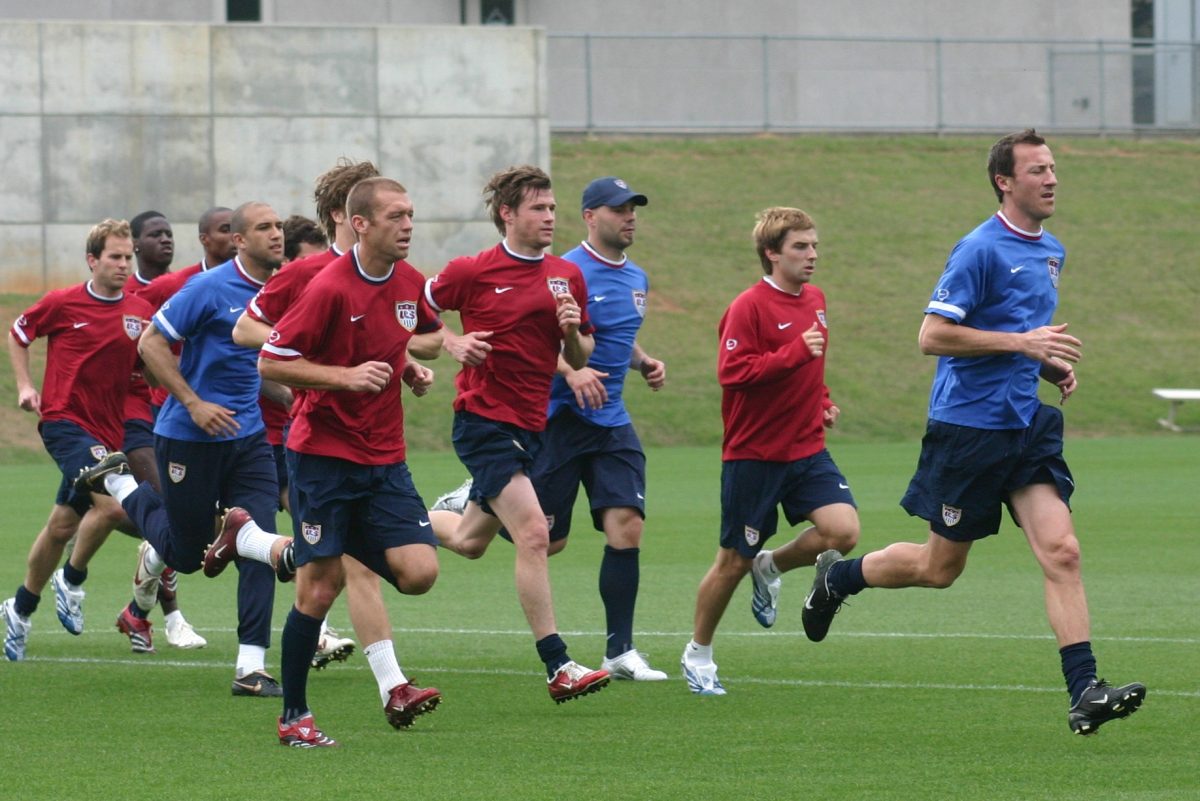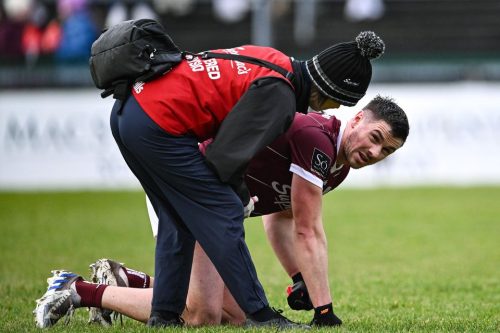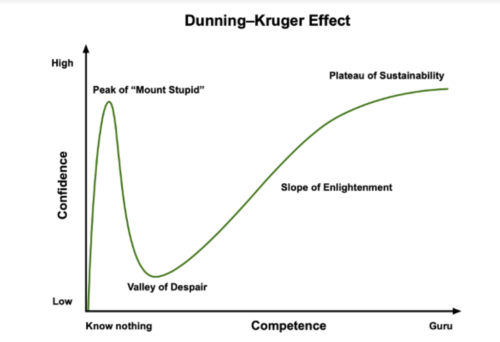
Kaizen in Everything. But Why?
“The only true test of intelligence is if you get what you want out of life.” – Naval Ravikant
It can be far more important to know what not to do with your athletes than it is to know what to do, in order to improve their performance.
When you’re an inexperienced coach entering the industry, you’re always thinking, how can I improve my athlete’s performance in competition? This is definitely a positive and necessary mindset to have, for a coach in any department. However, it may not always be the best way of approaching performance.
As you gain more and more experience in the realm of strength & conditioning, you realise that you have very limited scope within which you can actually improve your athletes performance. Unfortunately, the better your athlete gets, and the higher their training age, the more minute the effects their weight-room work will have on their overall performance.
See, on one level the job of the S&C coach is to improve and optimise the performance of their athletes. But on another level, the real performance optimisation comes from the work the athletes do with their sport coach. The S&C coach is just a facilitator of that important work. They get the athlete to training, in the best shape possible, so that the sport coach can get the optimal amount of technical and tactical work done, in order to improve the athlete’s competitive performance.
In this way, S&C is a funny one. Sometimes it seems that the whole goal of the training with the S&C coach is to be able to tolerate more training with the sport coach. That might mean tolerating higher volume, or higher intensities, so that the sport coach can help the athlete to improve their on-pitch, on-court or on-track performance. Play and perform at higher intensities on the field and you just might move a little closer towards winning the game.

You see, as you get closer and closer to the competitive season, it becomes more important to optimise the gains you’ve already made. You do this by keeping your athletes healthy, rather than continuing to attempt to improve their capacity. All of the important work of overreaching to improve performance, should have been completed already, in the off-season and pre-season.
If you’re continually overreaching your athletes as you come closer and closer to the big events of competition, then you’re playing a dangerous game, as you put them at a heightened risk of injury. This is probably not the smartest thing to do and can be compared to staying up all night studying for an exam. Sure, you might feel like you have crammed in as much work as possible to do the best you can, but in reality you’re probably so fatigued, and your processing-time so slow, that you actually perform worse than you would have, had you had just gone to bed.
Optimise the work you do in the build-up, but then try to relax and trust that you’ve done the best you can. Keep your best athletes on the field happy and healthy and the team has a better chance of winning, and thus you have a better chance of keeping your job next year.
So, as we get closer to the competitive season, it’s easy to say, “Oh we haven’t done enough work on strength so we need more”, “Oh our fitness isn’t where it needs to be so we need more”, “Oh all of the team are flagging calf tightness so we need to do more work there”. Unfortunately, as we all know, sometimes less is more. Sometimes, if we are experiencing particular problems in a muscle group throughout the whole squad, it may be best to actually just monitor and reassess the current work that we do in that area, rather than just throwing in more volume. More volume is the easy way out. The real challenge is getting more gains for less work, also known as, minimal effective dose.
This is where you make your money as a S&C coach. Get what you need to get done as quickly and easily as possible, and then hand the athletes over to the care of the sport coach. Sure, you may have to keep watch over what they’re doing, but in that scenario you’re more of a protector than a pusher. Advise them on how much the athletes can do, and then sit back and relinquish power. They’ll be smart to listen to you, but they won’t always, so you’ve got to be ok with reassessing your plans and reducing the amount that you do with your athletes in the gym. The priority is as little as necessary, not as much as possible.

“The only true test of intelligence is if you get what you want out of life.” – Naval Ravikant

So, we can see that when it comes to our training, a certain volume of work when paired with adequate recovery is positive for our development, but if that same intensity of work is mismanaged and spiked, then the same exercise intensity can be toxic to the athlete.

Unfortunately, it takes a fall from the peak of mount stupid, on top of the Dunning-Kruger curve, for many of these lessons to land home.
Here to help you achieve your health and performance goals.
At Petey Performance, I’ll assist you every step of the way. What’s stopping you?
Take ownership today.
© 2021 All Rights Reserved
Subscribe to Petey Performance and get updates on new posts plus more exlusive content.